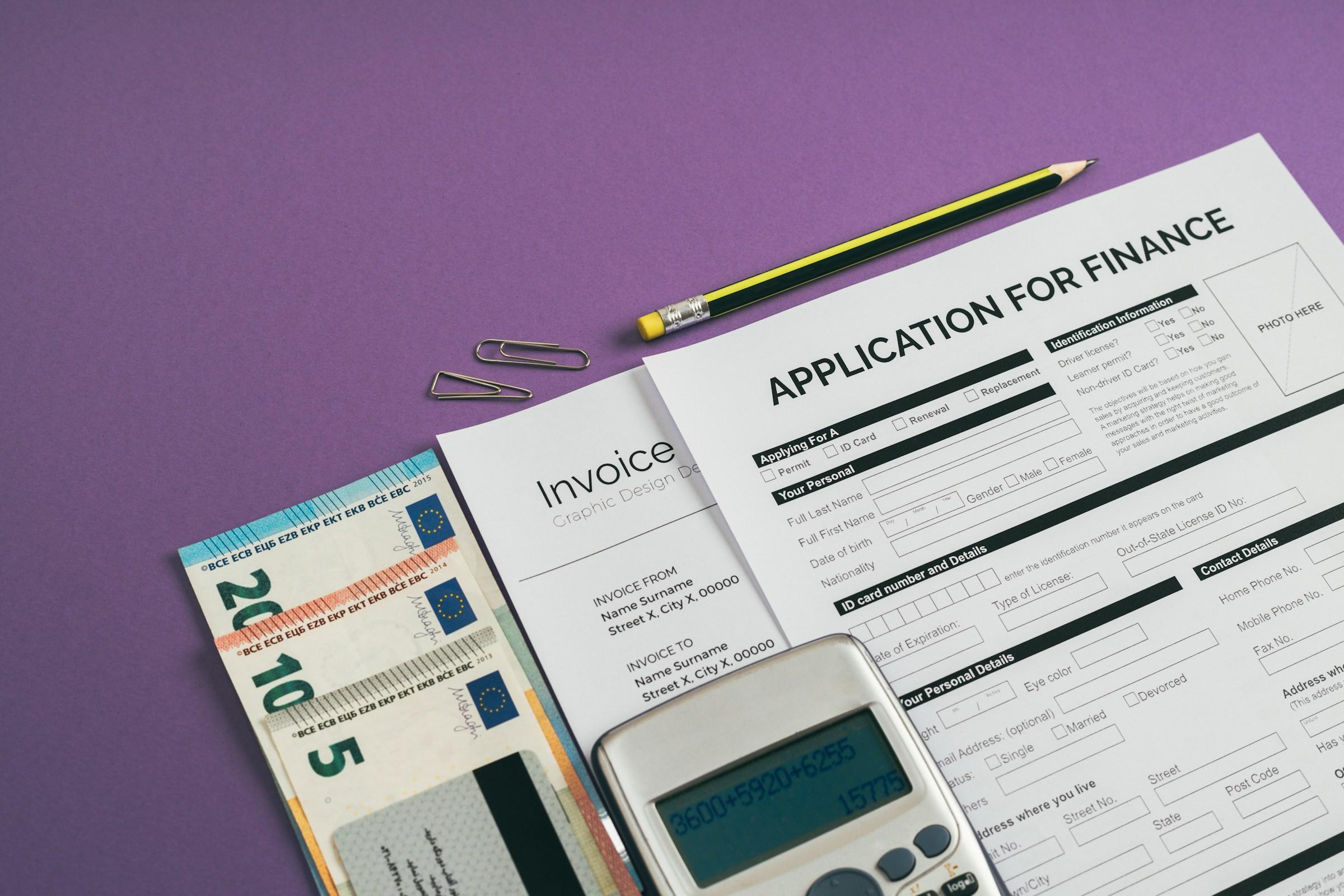Borrowers are trying to make sense of a federal student loan system that has been reworked in ways that feel both significant and confusing. Repayment plans have been updated, forgiveness pathways have been clarified and contested, and operational backlogs have grown. In practice this has meant long phone waits, inconsistent answers, and a real risk that a busy professional misses an important deadline or ends up on the wrong plan. The problem is not that you are doing anything wrong. The problem is that the system is absorbing a large volume of change, and the call center you reach may not have the full picture of your specific account in front of them.
When you are managing a mortgage, retirement contributions, and a household budget, the noise around loans can quickly spill into the rest of your plan. If you cannot access an affordable repayment option or you miss a required form, delinquency is not simply a credit score issue. It is an avoidable drag on your broader financial goals. This is why it helps to approach student loans the same way you would approach any other long horizon obligation. Begin with the core decision you control, which is how to keep payments aligned with cash flow while preserving eligibility for forgiveness where relevant.
Why the system feels so hard to reach right now comes down to three overlapping realities. The first is rule churn. New repayment formulas have been introduced and adjusted while older plans continue to exist, so front line staff are juggling multiple playbooks at once. The second is volume. Millions of borrowers reentered repayment after long pauses, and a meaningful subset are asking detailed questions about consolidation, qualifying payments, and employer certification. The third is fragmentation. Your servicer holds the live account details, while the Department of Education sets policy and maintains central records. When those records do not match perfectly, you may get different answers from different desks. Understanding this helps you stay patient with people while staying firm about your needs.
There are two primary places to contact for federal loans. The first is the Federal Student Aid Information Center at 1-800-433-3243, which routes you into the Department of Education’s support system. Call on a weekday as close to opening as your schedule allows so that you are not competing with late morning spikes. If phone queues are heavy, the official site also provides live chat and links to specialized call centers for topics such as default resolution or forgiveness programs. The second is your loan servicer, which is the company that manages your bills and records your payment history on the Department’s behalf. Servicers see the freshest transaction data and can update your repayment plan, apply payment counts, and trigger the notices you actually receive. If you are unsure who your servicer is, sign in at the federal portal and check your dashboard rather than guessing from old emails.
If you cannot get through to your servicer on the first attempt, try the practical tactics that work for any high volume line. Call right at opening and again midafternoon. Stay on the line rather than accepting automated call backs that may arrive when you are in a meeting. If your employer allows, place the call on a second line so you can hold while you continue your day. If you still cannot reach a person, use the secure message function inside your servicer account to document your question and request a written response. Written threads create a paper trail that can be useful if you need to escalate later.
At the planning level, it helps to translate this complex system into one steady approach you can repeat. Use the CLEAR framework, which stands for Contact, Log, Evaluate, Act, and Review. Contact means you reach the right desk for the right job. The Department helps with policy logic and eligibility questions, while your servicer executes changes to your repayment plan and records the qualifying payments that matter for forgiveness. Log means you treat your loan like a regulated account. Write down the date, time, name, and summary of each conversation. Save chat transcripts and upload them to a single folder along with copies of income certifications, employer forms, and consolidation confirmations. Evaluate means you anchor choices to cash flow and eligibility rather than noise. If your goal is forgiveness under a public service program, your payment plan selection and employment certification cadence should reflect that goal. If your goal is to minimize interest over a shorter horizon, the priority looks different. Act means you complete the exact request that resolves the bottleneck, whether that is submitting an income driven repayment application, consolidating specific loans, or resubmitting an employer certification form. Review means you check your account two to three weeks later to make sure the requested change has actually posted and that your next bill reflects it. A framework is only useful if you follow it, so keep it simple and consistent.
Sometimes you will do all of this and still find yourself going in circles. When that happens, expand your support network. Independent nonprofit advisors can help you interpret rules and file the right forms without pressure to buy a product. There are organizations that specialize in student debt counseling and dispute assistance. Many states maintain a Student Loan Ombudsman who can review your case and request corrective action from a servicer. If you work for a public employer or a nonprofit, your human resources team may already be managing employer certification workflows for colleagues. Ask for the point of contact and follow their process so that your paperwork is consistent with what has already worked inside your organization.
You can also reduce friction by doing what is possible yourself inside the federal portal. Many applications are now fully digital and can be completed without waiting on the phone. You can select a repayment plan, upload income verification, check your loan types before deciding whether to consolidate, and monitor your counted payments. Even if you prefer a human conversation, pre-filling these forms gives any agent a cleaner starting point and often shortens the time to a result.
Documentation is not simply administrative. It is what protects you when staff turnover or system updates cause a record to go missing. Keep a single timeline that includes your application dates, plan changes, consolidation decisions, forbearances, and certification submissions. If you are pursuing public service forgiveness, save copies of every approved employer certification and note the counted payment total shown at the time. If a later view shows a different number, you can reference the earlier record and request a reconciliation rather than starting from zero.
While you work through this process, take care of the basics that stabilize your broader plan. Turn on autopay if your budget can support it, since missed payments are more damaging than waiting on hold for an answer. If a payment due date collides with a delayed decision on your plan switch, make the minimum due to avoid delinquency, then ask your servicer to apply an adjustment once your new plan takes effect. If cash flow is tight, recast your monthly budget for the next quarter. A temporary shift from discretionary categories into a short term loan buffer is not a failure. It is a planning choice that keeps you current while the system catches up.
If you are eligible for a forgiveness pathway, treat your eligibility like an asset that you maintain. That means staying in the correct repayment plan, keeping your employment certification current, and resisting the temptation to pause payments unnecessarily, since pauses rarely count toward qualifying totals. It also means being cautious about consolidating when you are close to a milestone. Consolidation can reset counted payments for some loan types. If consolidation is necessary to become eligible, do it with eyes open and with a record of where you stood before the change.
Because the student loan space attracts scams, be careful about any company that offers guaranteed forgiveness or expedited processing for a fee. Federal applications are free. Your servicer is paid to assist you. If you authorize third party access, do so only after you understand what control you are granting and how you can revoke it later. Use official portals rather than links in unsolicited emails. When in doubt, navigate to the federal site directly and sign in from there.
Before your next call or application, spend twenty minutes preparing a small packet that travels with you. Include your Social Security number memorized or securely stored, your latest pay stubs or prior year tax return for income based plan calculations, your employer’s full legal name and address, and your loan details from your federal dashboard. Add a clear statement of your primary goal, such as qualifying payments toward public service forgiveness or lowering your monthly bill for the next twelve months while you stabilize cash flow. When an agent asks what you want to accomplish, you will have the answer in front of you, which keeps the conversation focused and reduces the chance of being steered toward an option that does not fit.
If you find yourself in a backlog for a specialized program, set a personal review rhythm so that you do not lose momentum. Put a recurring calendar note every three weeks to check your account for updates, resend any requested documents, and add a line to your log. If your case passes a reasonable age without progress, escalate politely with your documentation ready. Ask whether a supervisor review is available, whether your ticket has a case number, and what specific evidence is still needed. If you still cannot get traction, find the appropriate state ombuds office or a nonprofit counselor and give them your organized file. It is much easier for an advocate to help when they can see the path you have already taken.
Remember that you do not need perfect information to make good decisions. You need enough clarity to choose the next right step, then the discipline to verify that the system recorded it correctly. This is how you manage any complex, high volume program that affects your finances. The same approach that keeps a mortgage refinance on track or an insurance claim moving is the one that keeps your student loan strategy aligned with your life.
A final word about patience and boundaries. The people on the other end of the line are doing their best in a noisy environment, and kindness helps. Your financial plan, however, does not improve when you wait indefinitely for the ideal answer. Balance empathy with structure. Hold your place in the queue, write down what you are told, ask for clarity when numbers do not match, and use your documented file to escalate when necessary. When you approach your loans this way, you will feel less at the mercy of a changing system and more in control of the decisions that matter.
If you have asked yourself how to get help with student loans and the honest answer has been frustration, take today’s step as the beginning of a steadier chapter. Make the call when the lines open, send the secure message if you cannot get through, finish the application you have been putting off, and set a short follow up date. Your plan does not need to be fast. It needs to be consistent. The smartest plans are not loud. They are steady, documented, and aligned with what you actually want your money to do over time.








-1.jpg&w=3840&q=75)



.jpg&w=3840&q=75)


-1.jpg&w=3840&q=75)